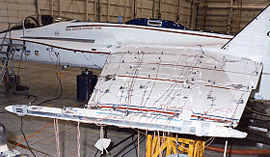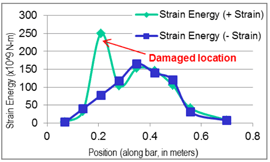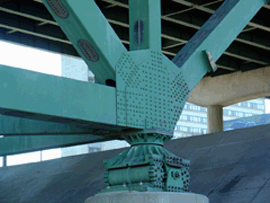 |




 |
|
| Technologies | ||
| Structural
Health Monitoring |
Erallo's Capabilities
|
||||
|

|
|||
|

|
|||
|

|
|||
|
|
|||
 |




 |
|
| Technologies | ||
| Structural
Health Monitoring |
Erallo's Capabilities
|
||||
|

|
|||
|

|
|||
|

|
|||
|
|
|||